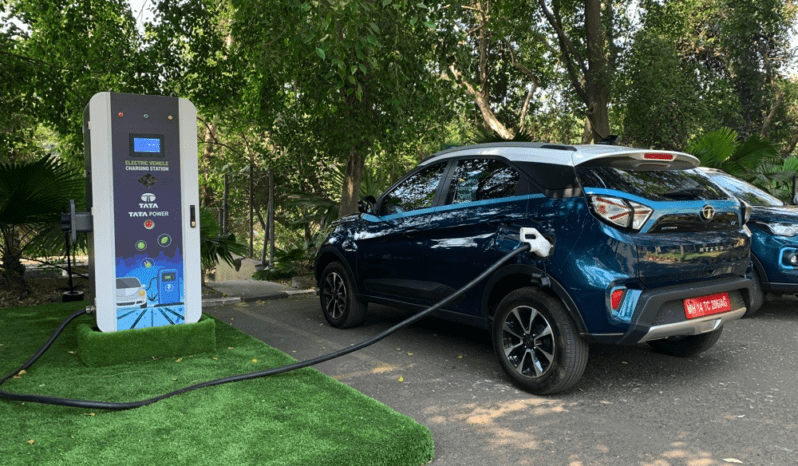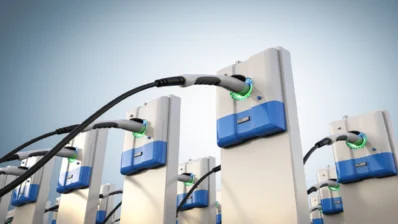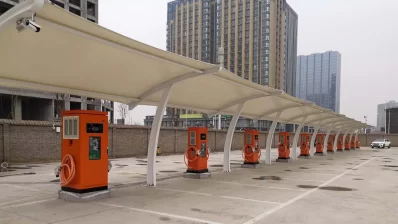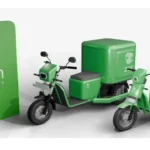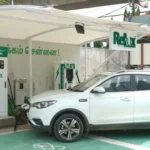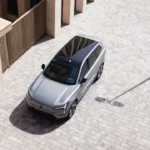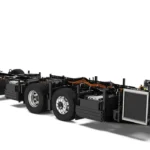Key Highlights:
- Slow Charging Station Expansion: Limited availability of fast chargers across regions impacts long-distance travel.
- Inconsistent Station Functionality: Faulty or non-operational stations frustrate EV users.
- High Wait Times at Public Chargers: Growing EV numbers overwhelm existing charging infrastructure.
- Lack of Real-Time Station Updates: Drivers face issues with inaccurate charger availability information.
The Tata Nexon EV is one of the most popular electric vehicles in India, leading the shift towards cleaner mobility. However, despite its growing popularity, many Nexon EV drivers find themselves stuck in frustrating situations due to infrastructure limitations. A lack of reliable, fast-charging networks is a major roadblock, creating significant challenges for everyday commuting and long-distance travel. Let’s explore the key reasons why Tata Nexon EV drivers are struggling with the current state of India’s charging infrastructure.
1. Limited Availability of Fast Chargers
India’s charging network is still in its infancy, with limited fast-charging stations available across the country. While Tata Power has been actively working on expanding the network, the progress remains slow compared to the rising demand for electric vehicles.
- Drivers often find it difficult to plan long trips without worrying about running out of charge.
- The lack of fast chargers on highways makes intercity travel inconvenient.
Nexon EV owners, especially in Tier 2 and Tier 3 cities, often find themselves restricted to home charging due to insufficient public infrastructure.
2. Non-operational or Faulty Chargers
Another common complaint is the inconsistent functionality of charging stations. Many EV drivers report arriving at public chargers only to find them non-operational.
- Faulty chargers or technical glitches lead to wasted time and frustration.
- Lack of proper maintenance by service providers is a recurring issue.
These inconsistencies discourage drivers from relying on public infrastructure, making it harder for Tata Nexon EV users to move away from their dependence on home-based charging solutions.
Also Read: Tata Nexon EV Buying Guide: Everything You Need to Know
3. High Wait Times at Public Chargers
With the surge in EV adoption, the number of vehicles competing for public charging points has also increased. Unfortunately, the infrastructure hasn’t expanded quickly enough to match this demand, leading to long wait times.
- Popular public chargers often have queues, causing delays for users.
- Limited charging points at key locations result in bottlenecks.
This situation is particularly frustrating for those relying on public chargers during long-distance travel, as unexpected wait times can disrupt travel schedules.
4. Lack of Real-Time Charger Availability Updates
In the age of smartphones, drivers expect real-time updates about charging station availability. However, Tata Nexon EV drivers frequently complain about inaccurate or outdated information on apps and maps.
- Many users report arriving at chargers marked “available” only to find them occupied or non-functional.
- The lack of standardization among charging networks makes it hard to get reliable updates.
Improving real-time data accuracy can significantly reduce frustration and help drivers better plan their routes.
Possible Solutions to Charging Challenges
While these challenges are daunting, there are several ways India can address the EV infrastructure gap.
- Accelerate Fast Charger Installation: Collaboration between Tata Power and government bodies can speed up charger deployment on highways and urban centers.
- Improve Maintenance and Monitoring: Ensuring regular maintenance and implementing monitoring systems can enhance charger reliability.
- Expand Charging Network in Tier 2 and 3 Cities: Developing infrastructure in smaller cities will encourage wider EV adoption.
- Better App Integration: Charging networks need to offer real-time updates through apps, reducing inconvenience for drivers.
Also Read: Charging the Hummer EV in India: What Owners Should Know?
ELCTRIK Speaks
The Tata Nexon EV has shown that Indian consumers are ready to embrace electric mobility, but the charging infrastructure is yet to catch up. Until the issues of limited chargers, faulty stations, long wait times, and unreliable data are resolved, Nexon EV drivers will continue to face frustrations. Addressing these challenges through collaborative efforts between the government, private players, and automakers is essential for a seamless EV driving experience in India. With improved infrastructure, Tata Nexon EV drivers can enjoy their electric journey without anxiety.

